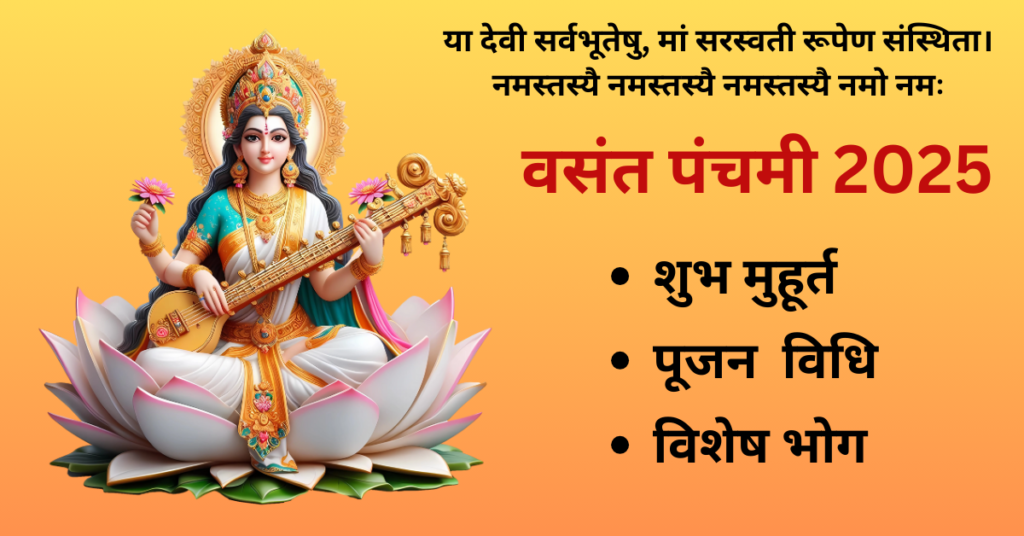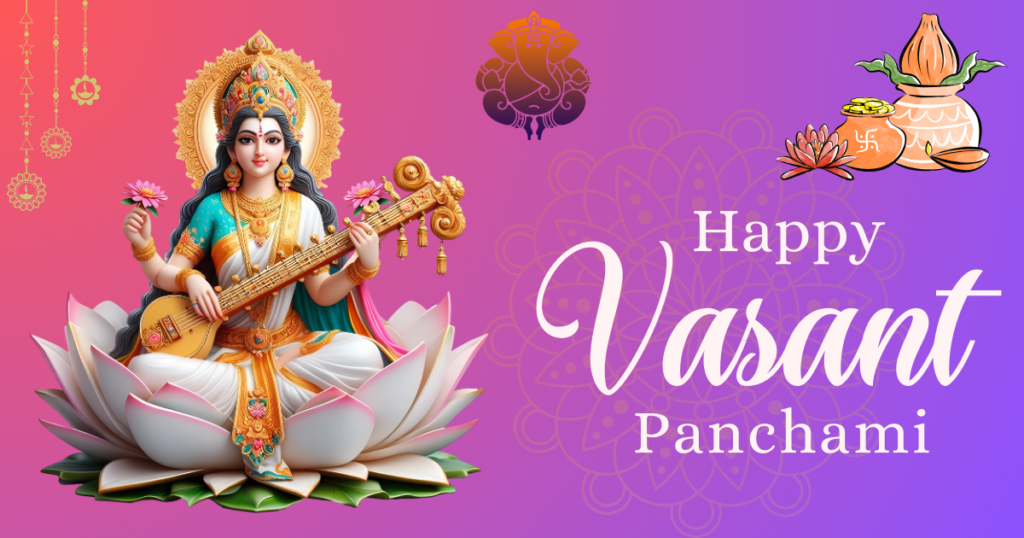Vaisakhi Celebrated: Vaisakhi, or Baisakhi, is a lively festival celebrated majorly by Sikhs and Hindus, which indicates the arrival of spring and the beginning of a new solar year. This happy occasion has special meaning for both communities as it stands for renewal, togetherness, and cultural identity. The rest of this article will delve into the history, culture, and celebrations of Vaisakhi.
The Historical Significance of Vaisakhi Celebrated
Vaisakhi has profound historical significance that stretches back to 1699 when Guru Gobind Singh, the tenth Sikh Guru, established the Khalsa, or an order of devoted Sikhs. This event took place in Anandpur Sahib, as Guru Gobind Singh summoned Sikhs to attend and asked them to volunteer themselves to die for the faith. This resonated with five Sikhs who offered to do so: Bhai Daya Singh, Bhai Dharam Singh, Bhai Himmat Singh, Bhai Mohkam Singh, and Bhai Sahib Singh. They were baptized into the Khalsa, not willingly sacrificing themselves but being offered “Amrit,” or sweetened water.
The formation of the Khalsa provided a distinct omnipresence of a community exhibiting the core values of Sikhism: equality, giving, and selfless sevices. For Hindu’s, it is also the solar new year and brings a plethora of crops in different cultures around India.
How Vaisakhi Celebrated
1. Processions and Gatherings
The Vaisakhi commemorations are celebrated with feasting, decorating Sikh temples, and participating in religious processions. Sikhs gurdwaras in Punjab are richly decorated with ornamental lights. The Nagar Kirtan is the foremost in the list of major festive events. It is a Khalsa’s march where hymns on Sikh scriptures are repeated, and the holy book, Guru Ganth Sahib, is reverently paraded on the street.
2. Traditional Dance and Music
Dances, especially the traditional folk dances Bhangra and Gidda, are performed with vigor during the cheerful ceremony of Vaisakhi. Bhangra is a traditional Punjabi dance that celebrates the harvest, while women sporting traditional clothing perform Gidda. These dances serve the dual purpose of being culturally binding.
3. Foods of Festivals
Vaisakhi celebrations are marked by cooking and sharing of special meals for the family, friends, and the community. Cooks prepare sweets to be served. In Sikhs gurdwaras, people from all castes and religions partake in the Langar, signifying Sikh teachings.
4. Religious Observances
On Vaisakhi morning, Sikhs visit gurdwaras for special prayers and rituals. The Guru Granth Sahib is bathed in milk as a sign of respect before being placed on a decorated platform for worship. Sweets are distributed among attendees as part of the celebration.
5. Agricultural Celebrations
For many farmers in Punjab and other northern states, Vaisakhi marks the harvest season for Rabi crops. Farmers express gratitude for their bountiful harvest through prayers and community feasts. This agricultural aspect emphasizes the festival’s connection to nature and sustenance.
Vaisakhi Celebrated Around India
Even if Vaisakhi is fundamentally a Sikh celebration, it is observed in various ways throughout India:
In Northern India: As part of the festivities, fairs (melas) are organized where people can indulge in rides, games and savor local food.
In Southern India: This period witnesses other harvestrelated festivals in different parts that appreciate specific crops and have distinct local flavors.
In Western India: Some areas regard this day as the day that marks the commencement of new things and so new businesses and projects are often started.
Best Places to Vaisakhi Celebrated
If you’re looking to experience Vaisakhi firsthand, here are some top destinations:
| Location | Highlights |
|---|---|
| Amritsar | Home to the Golden Temple; grand processions |
| Delhi | Numerous events at gurdwaras; vibrant celebrations |
| Punjab | Heart of Vaisakhi festivities; folk dances |
| Haryana | Famous for large fairs (melas) |
| Chandigarh | Cultural programs featuring music and dance |
Conclusion
Vaisakhi Celebrated: Life itself, in all its glory, from renewal to community spirit as well as shared values, defines Vaisakhi. While Sikhs celebrate reaffirming their religion and Hindus celebrate `new beginnings’ is a spectacle that fuels patriotic emotions. Be it via colorful processions or communal meals at gurdwaras, Vaisakhi is a testament to harmony in difference – a mark of India’s cultural richness.
Let us all celebrate its spirit and partake in activities that highlight both our distinct background and shared existence. Happy Vaisakhi. As we near this date in the calendar, each year of April 14th, it is best to indulge in the tasks above and get ready for the joyous occasions ahead.




